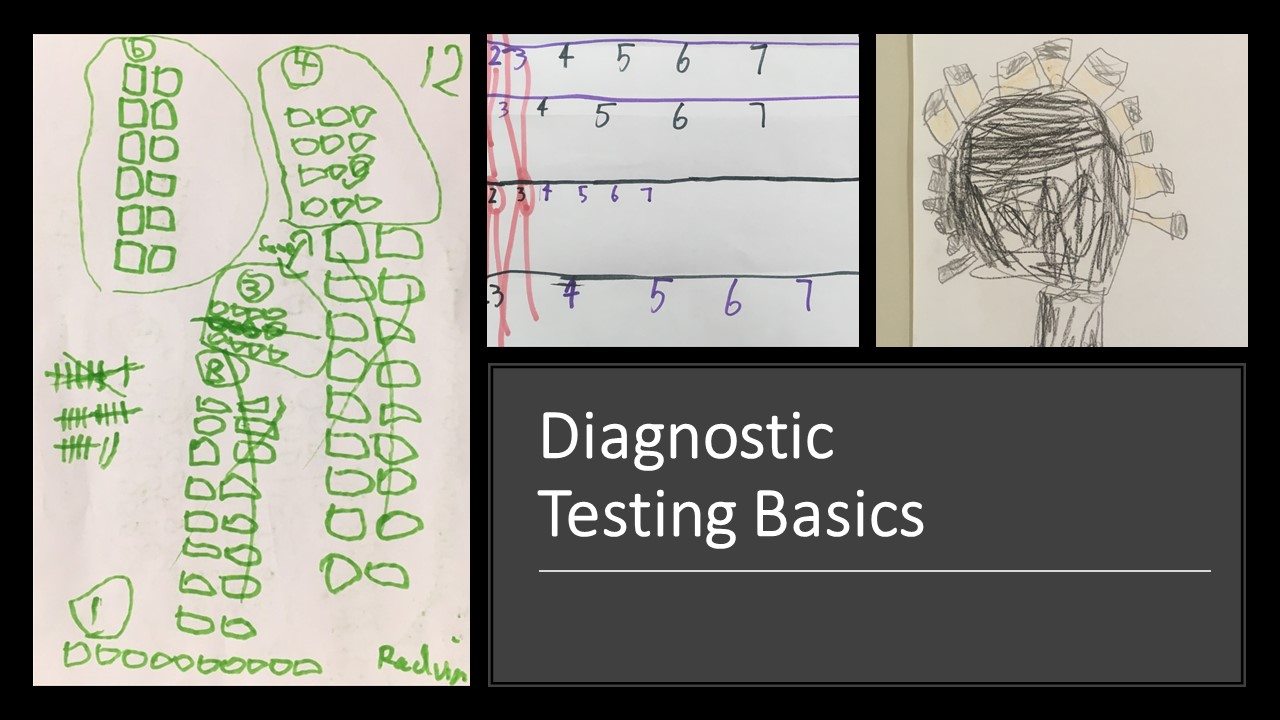
Formative assessment, developmental stages and starting the year well
The goal of formative assessment should always be to find out what each student NEEDS next, rather than focusing
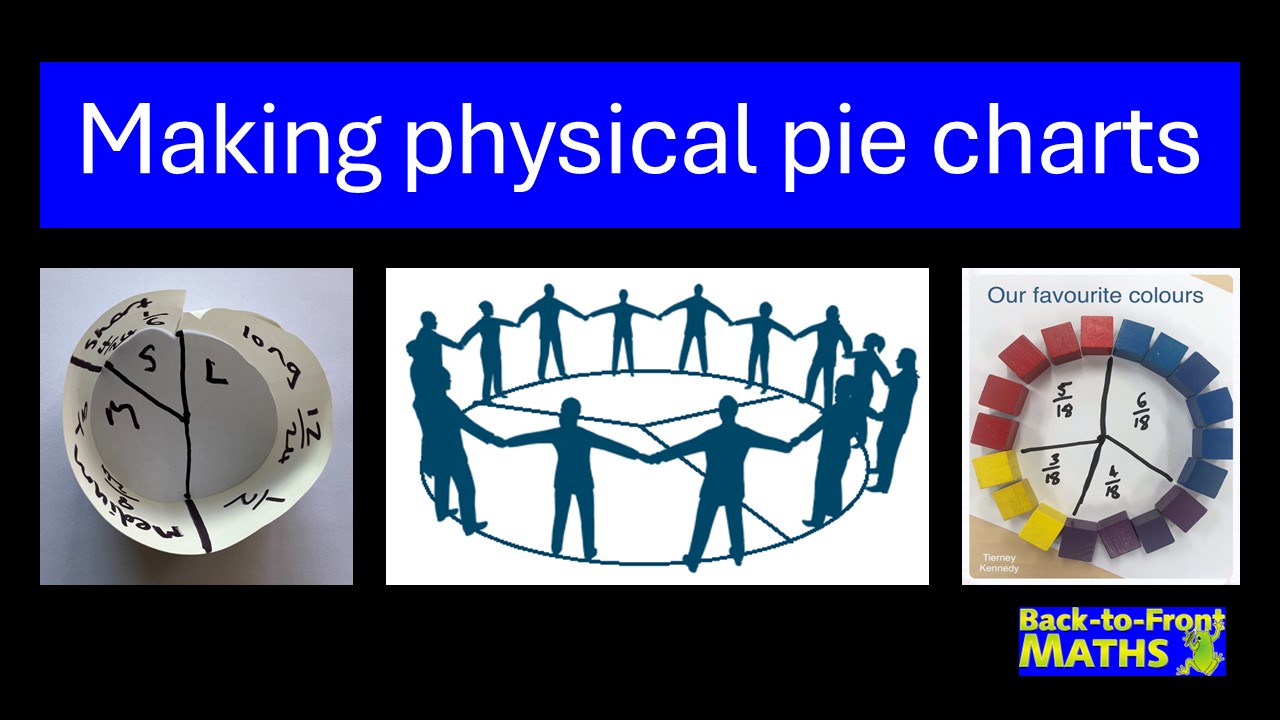
Divide your class into groups according to an attribute (e.g., short, long or medium length hair).
Form lines for each group. Join the lines together, forming a circle.
Use chalk to draw lines on the ground, and record the fractions.

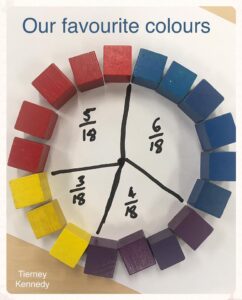
Ask students to each choose a block of their favourite colour from somewhat limited options.
Arrange the blocks to form a circle for a pie chart, or to form a column graph by arranging in lines from a baseline.
Record the fractions.
Divide your class into categories. Use a strip of paper (such as receipt roll), with 1cm for each student in your class. Divide strip into the categories, with 1cm for each student in each category. Tape the ends together, draw lines and record the fractions.
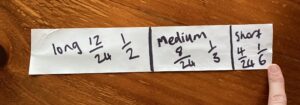
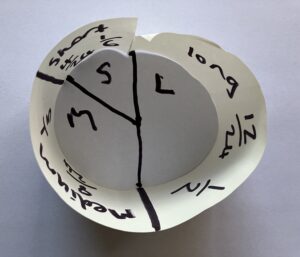
Start with a circle and give instructions for students to work out where some of the degree markings would be on a protractor. Demonstrate folding in half and recording 0 and 180. Ask students what they could do from here.
Remember to check out the recorded webinar on Connecting degrees, length and time in the Long Content Videos section for website members.
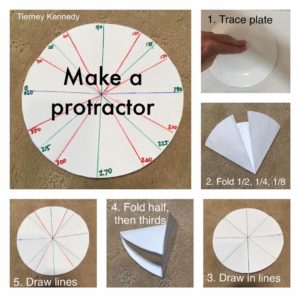
Become a website member today and access hundreds of lessons for each year level F-8 plus Essential Maths for years 11 and 12.
Here’s an example of what membership includes specifically for Year 3… plus all subscribers have access to EVERY SINGLE year level.


The goal of formative assessment should always be to find out what each student NEEDS next, rather than focusing
Recently I’ve been pondering findings from a major report into Australian schooling that kids who are struggling in maths by
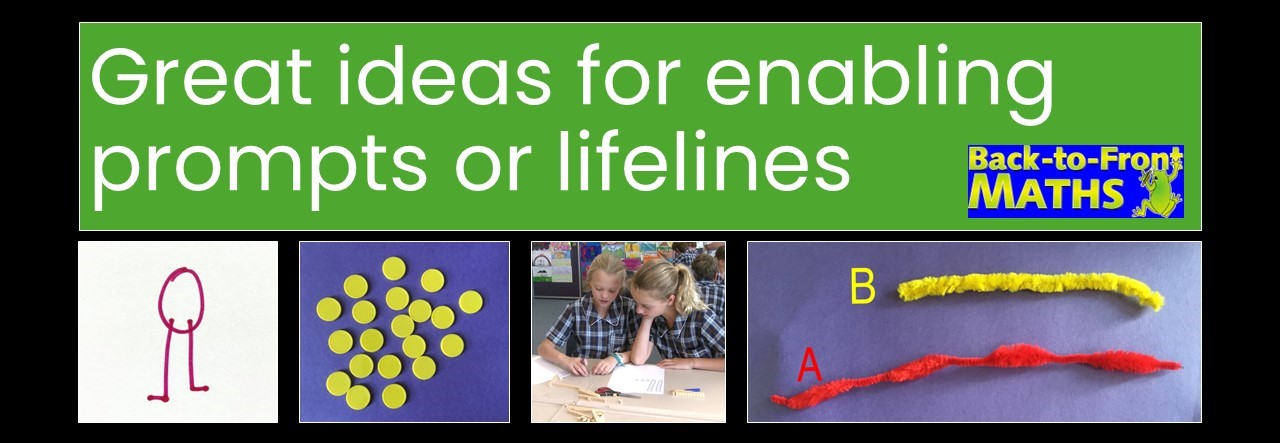
Enabling prompts or life lines are a fantastic way of helping students who are stuck to get started. They do not reduce
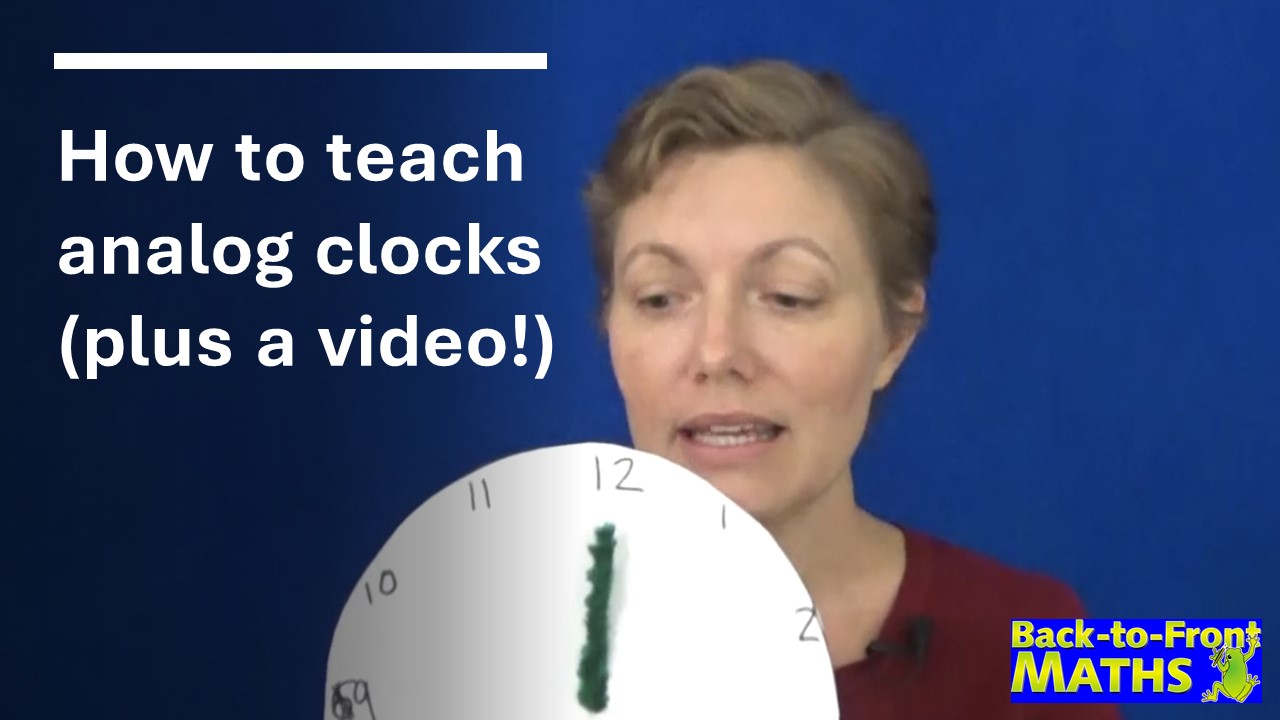
While it may sound counter-intuitive, the easiest way to learn to tell the time is to remove the minute hand
Hundreds charts are great for connecting tens and ones. Why not turn one into a jigsaw puzzle to use in
Misconceptions in maths behave an awful lot like conspiracy theories Conspiracy theories exist to some extent in all societies and

KENNEDY PRESS PTY LTD
FOR ALL ENQUIRIES, ORDERS AND TO ARRANGE PD:
© COPYRIGHT 2023 KENNEDY PRESS PTY LTD ALL RIGHTS RESERVED TERMS & CONDITIONS